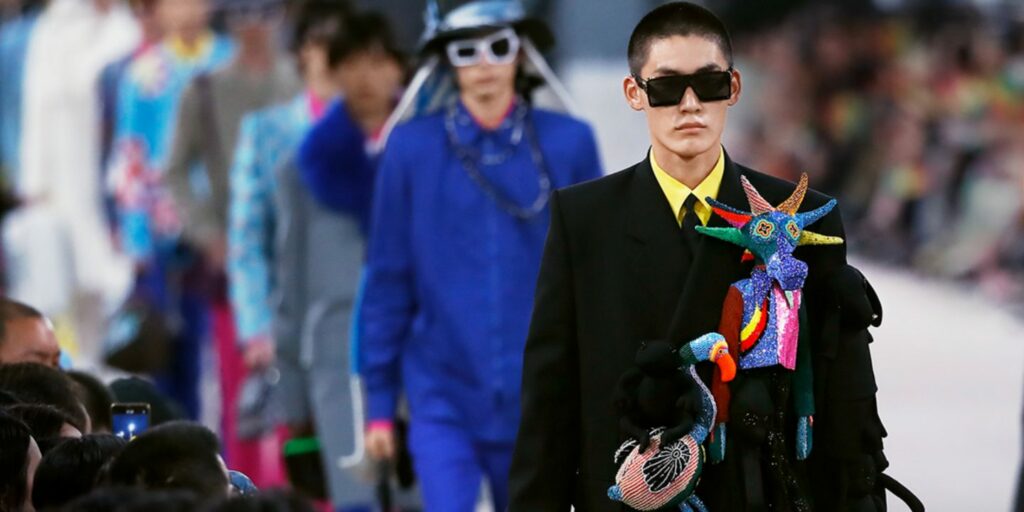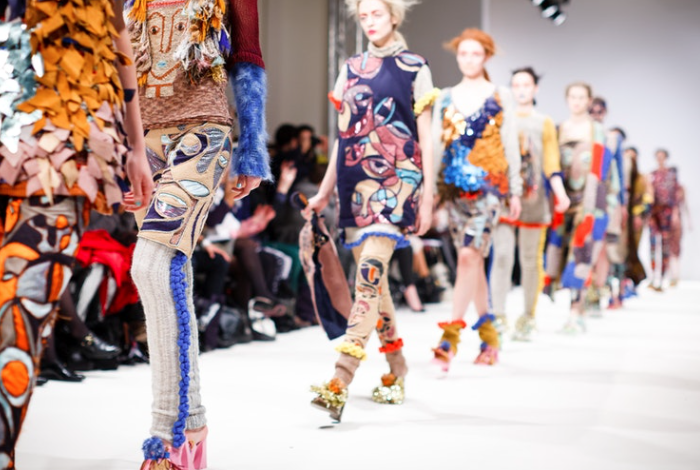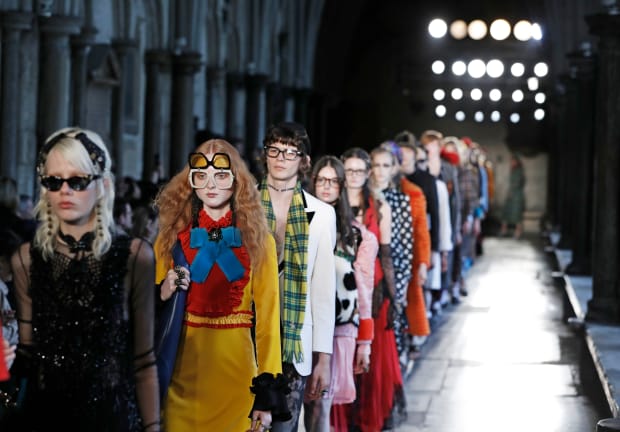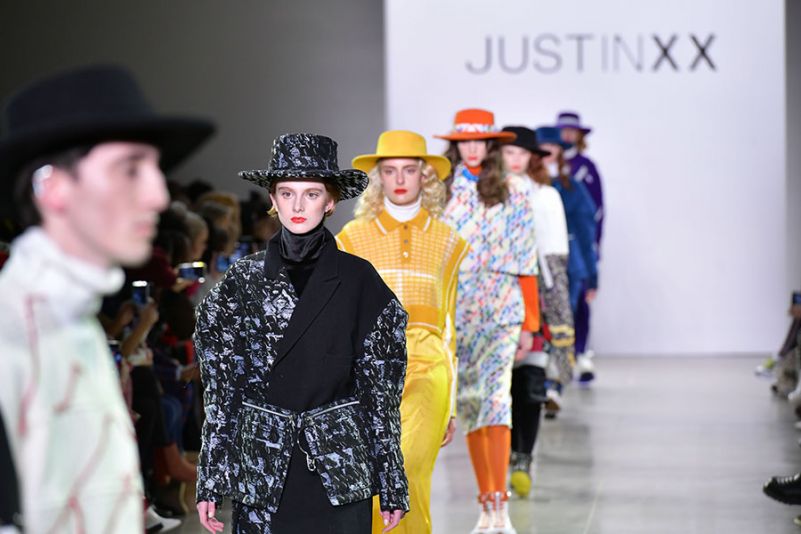Originality in the fashion industry – Annabel M
Originality is a crucial factor in the fashion world but there has always been margins of cross over when it comes to taking inspiration from someone. The more ‘inspiration’ you take the more the line blurs and the closer you become to negative backlash for your unoriginality. A question we have to ask ourselves is are our influences just an amalgamation of everything we know? How can a person truly be original or have originality when everything they know comes from someone else’s opinions and experiences, especially with the vast amounts of knowledge that can be gained from the internet, very little experiences are singular now as they can be shared with millions in seconds. A similar question must be asked when we look at the fashion industry, how can we be certain anyones ideas are truly original when we have no way of finding where they got the inspiration from and even then we have no idea how honest they would be.

Originality has been high on the textiles and fashion agenda for some time, and yet as time goes on the originality within the fashion world is steadily depleting. But why does this matter?
Well, creativity has always been a human strength and society has developed through the new and innovative ways in which designers of all areas have expressed originality. Civilisation as we know it has been created and expanded and expressed through individuals originality and thus originality in and of itself has become something more collective, especially towards modern day designers. This means that the creativity of society has begun to stagnate in recent years and patterns begin to appear, designers taking “inspiration” from one another to such an extent that it could now be considered complete copying.

Fast Fashion is a design process that is centred around the lack of time to create new ideas fuelled by money; if it was fuelled by time then there would be new design ideas and more space to explore originality within fashion. Unfortunately due to the high demand among large retailers and popular fashion brands they are expected to evolve constantly and with the growing stagnation this is becoming harder and harder to achieve. The fact that the demand for the next trend has increased with the introduction of the Internet, people want what they see online instantly and clothing brands have to keep up to date and in time with these new and impatient desires it is becoming increasingly difficult to supply them. This report will look at how fast fashion has impacted originality within fashion and attempt to explore different ways in which we can achieve this.

We should also look at how big fashion brands leach off the originality of small business owners due to the fact they are unlikely to fight back against these international super brands. In the fashion industry it is common to take inspiration from other brands but there are certain degrees in which this act of taking becomes too much. For instance, in big fashion brands have been know steal ideas from their smaller counterparts. One example of this is when the global brand Shein stole a small business owners design almost entirely, the small enterprise of Wilde Mode fought back however and won against the brand. The owner now encourages other small business owners whose designs have also been stolen to do the same.
There is currently no copyright laws to support the fashion designers, for instance the fact that copyright protects things like books, painting or song-lyrics but not fashion designs and accessories. While some areas of clothing are covered by the trademark or patent copyright laws which protect the name of the brand, there is little which protects the actual clothing ideas themselves.

Another way we can look at originality is when looking at why the fashion industry revisits past looks to see what sells well, how the cash cow affects the industry and whether or not seasonality will continue in the fashion world as we are faced by an incoming climate emergency. There is a question to be asked on whether or not fashion brands revise past look as a way of increasing revenue or whether it’s from the lack of inspiration and originality within the industry; the latter looking like the ever increasing winner. They might look back on past collections as a way of revitalising their brand or to look back on a past age but is this sustainable in the long run and is it just a hasty attempt at hiding the lack of original designs. It will also look at what cat walks and fashion will look like in the future as the shortening of seasons suggests that the industry will no longer make money off of the pre-fall and pre-spring collections.















Post Comment
You must be logged in to post a comment.